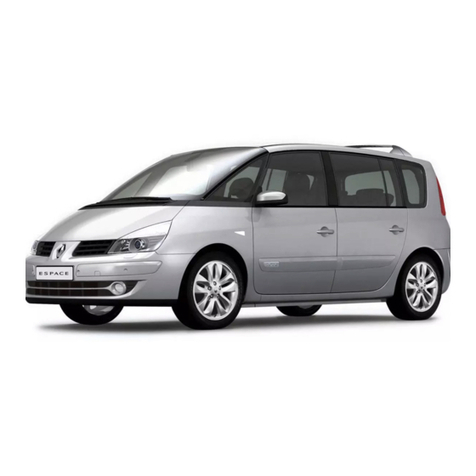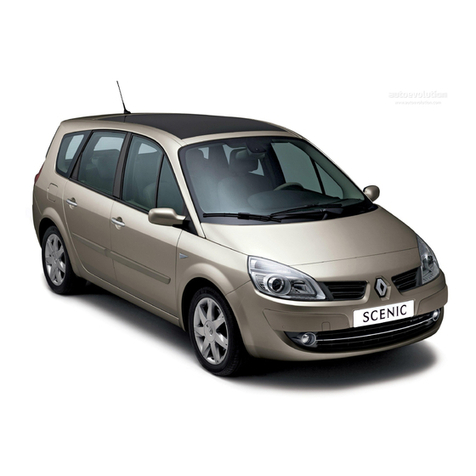Renault Clio Cup User manual
Other Renault Automobile manuals

Renault
Renault Espace User manual

Renault
Renault GRAND SCENIC User manual

Renault
Renault 2016 ESPACE User manual
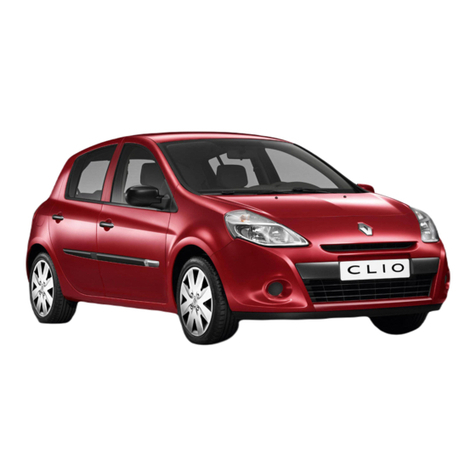
Renault
Renault 2009 CLIO User manual
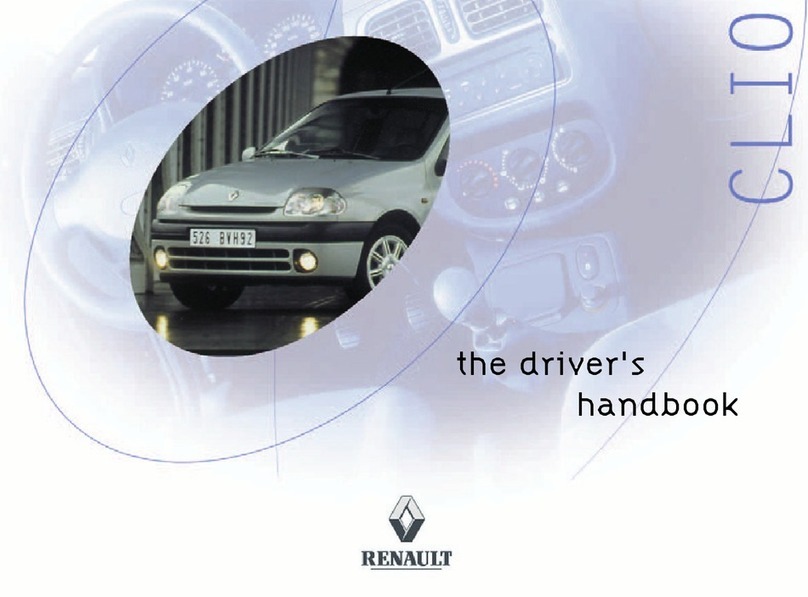
Renault
Renault 2013 Clio Cup User manual
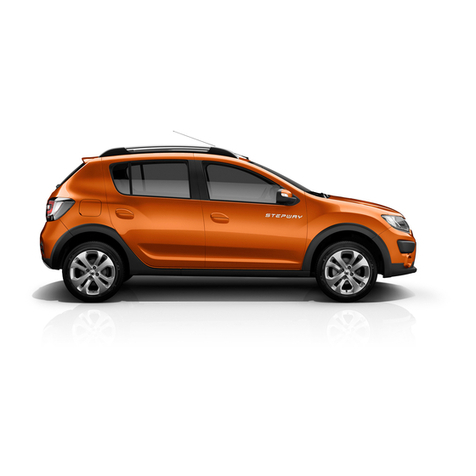
Renault
Renault Sandero User manual

Renault
Renault KANGOO 2021 User manual
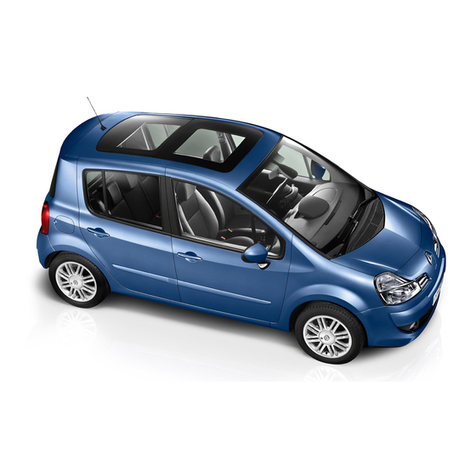
Renault
Renault Modus User manual
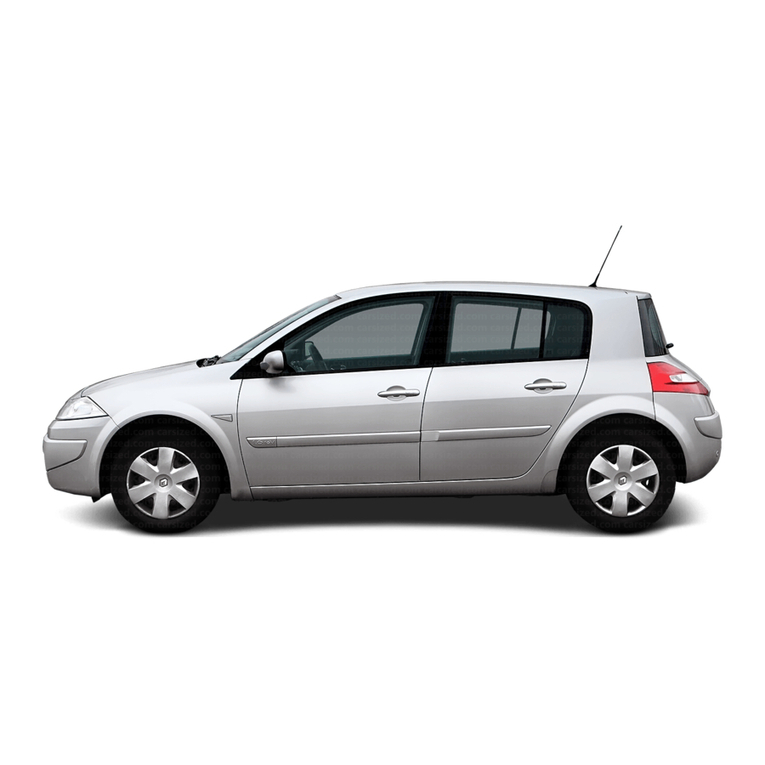
Renault
Renault 2005 Megane User manual
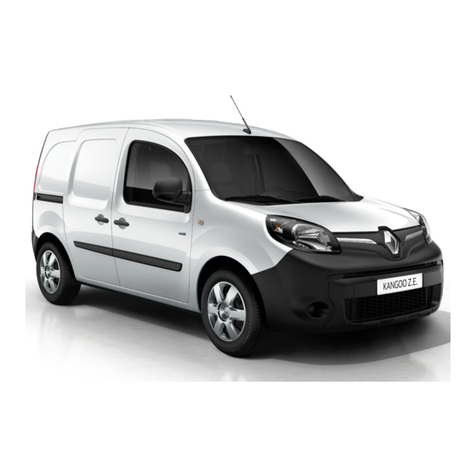
Renault
Renault KANGOO Z.E. User manual

Renault
Renault Latitude User manual

Renault
Renault KWID 2024 User manual

Renault
Renault 2016 TALISMAN User manual
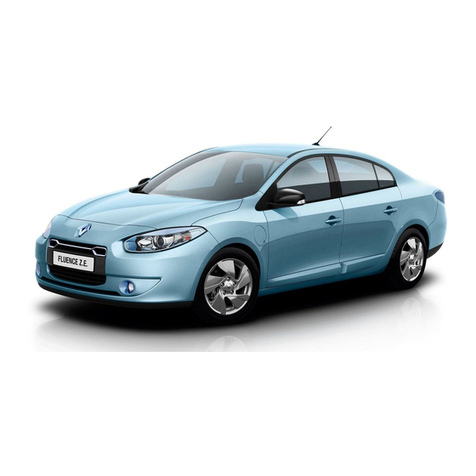
Renault
Renault FLUENCE Z.E. User manual
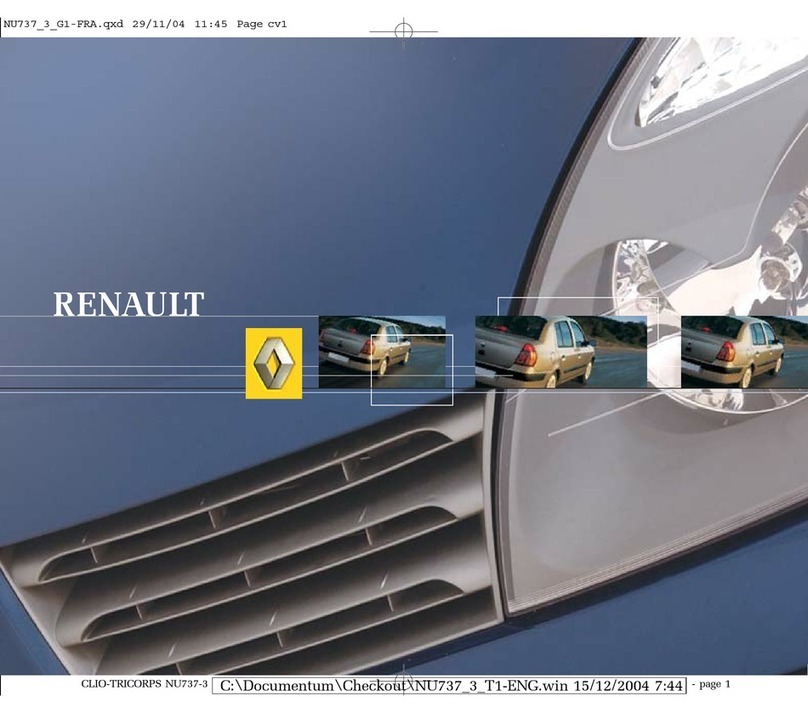
Renault
Renault Clio 2004 User manual
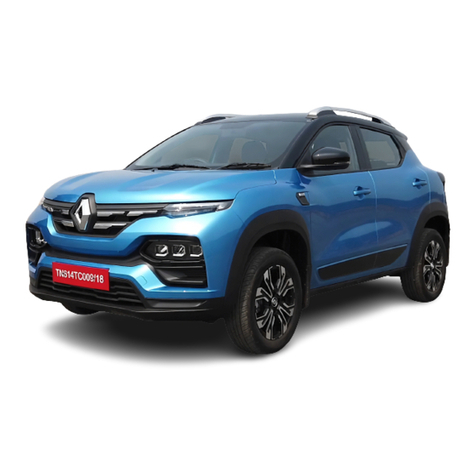
Renault
Renault KlGER User manual
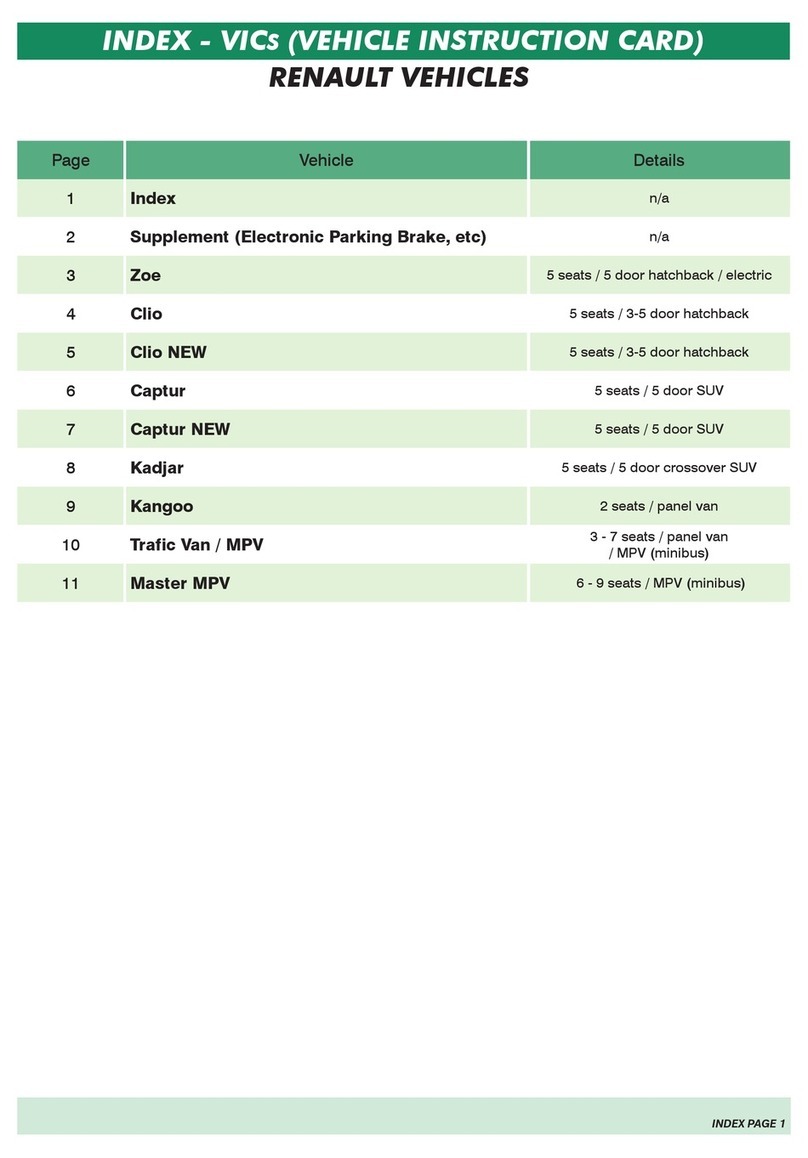
Renault
Renault ZOE 2018 Technical manual
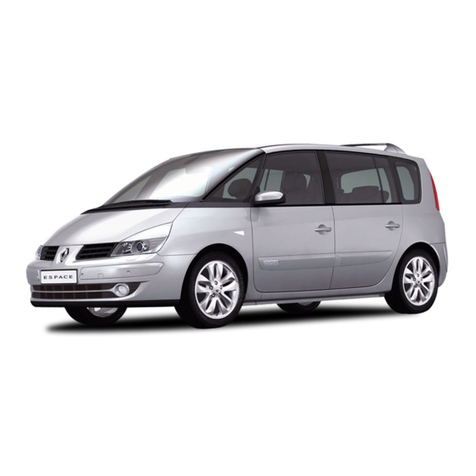
Renault
Renault ESPASE 2005 User manual

Renault
Renault Modus User manual
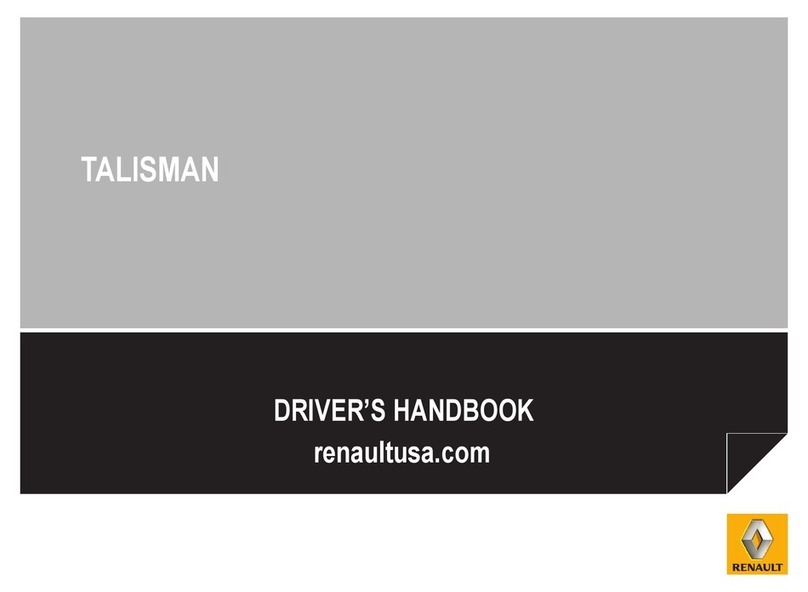
Renault
Renault Talisman User manual
